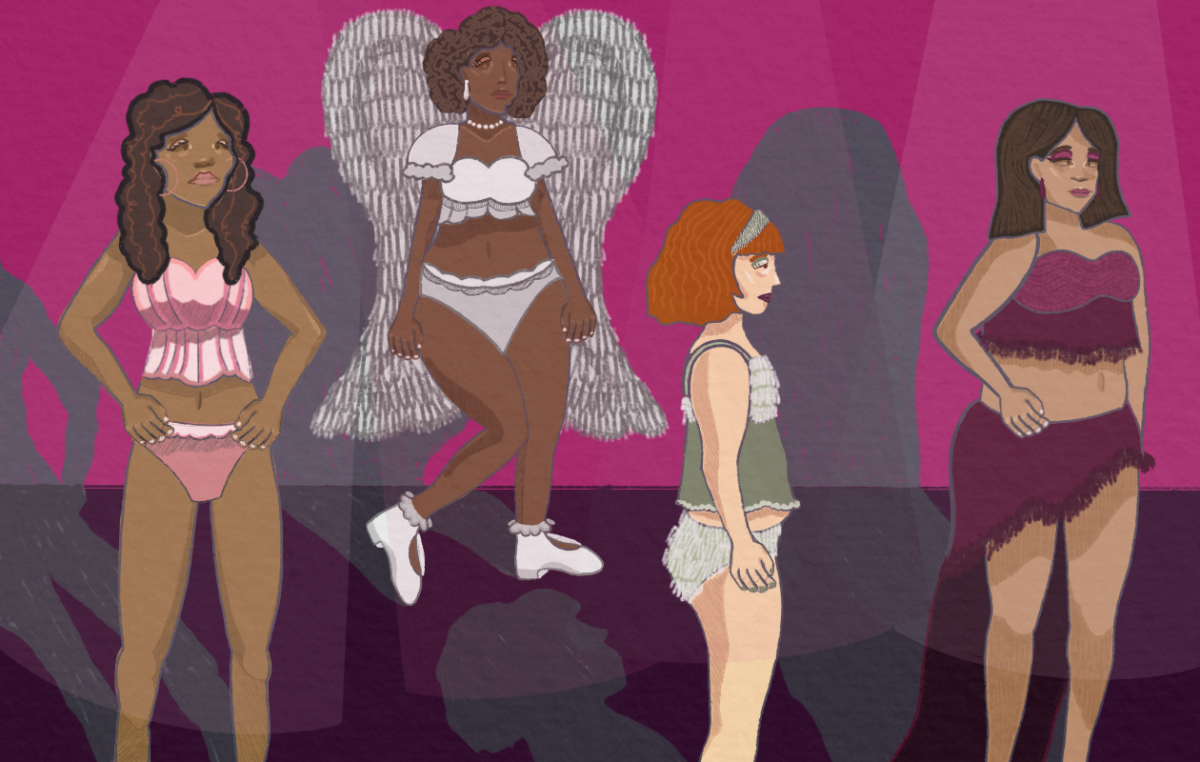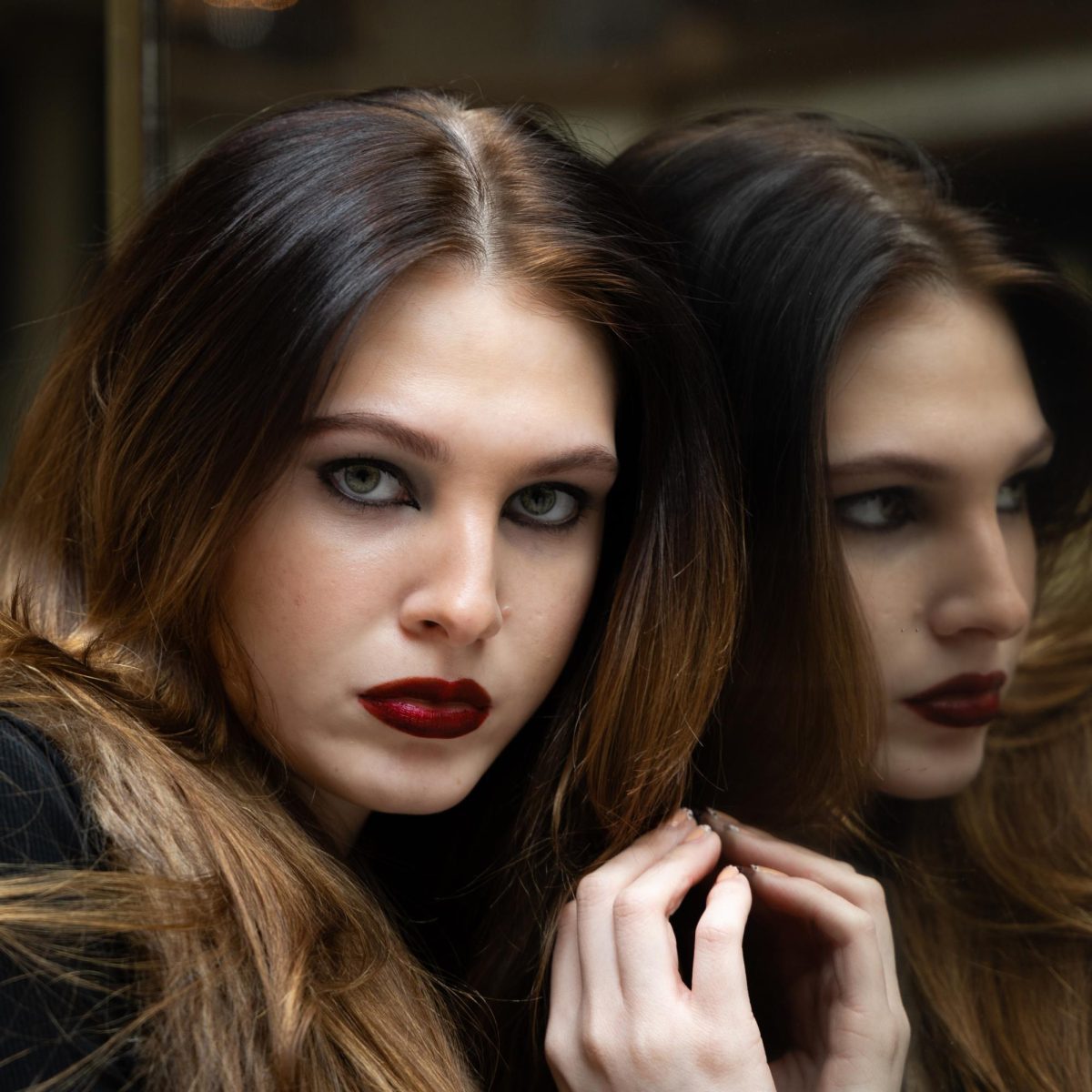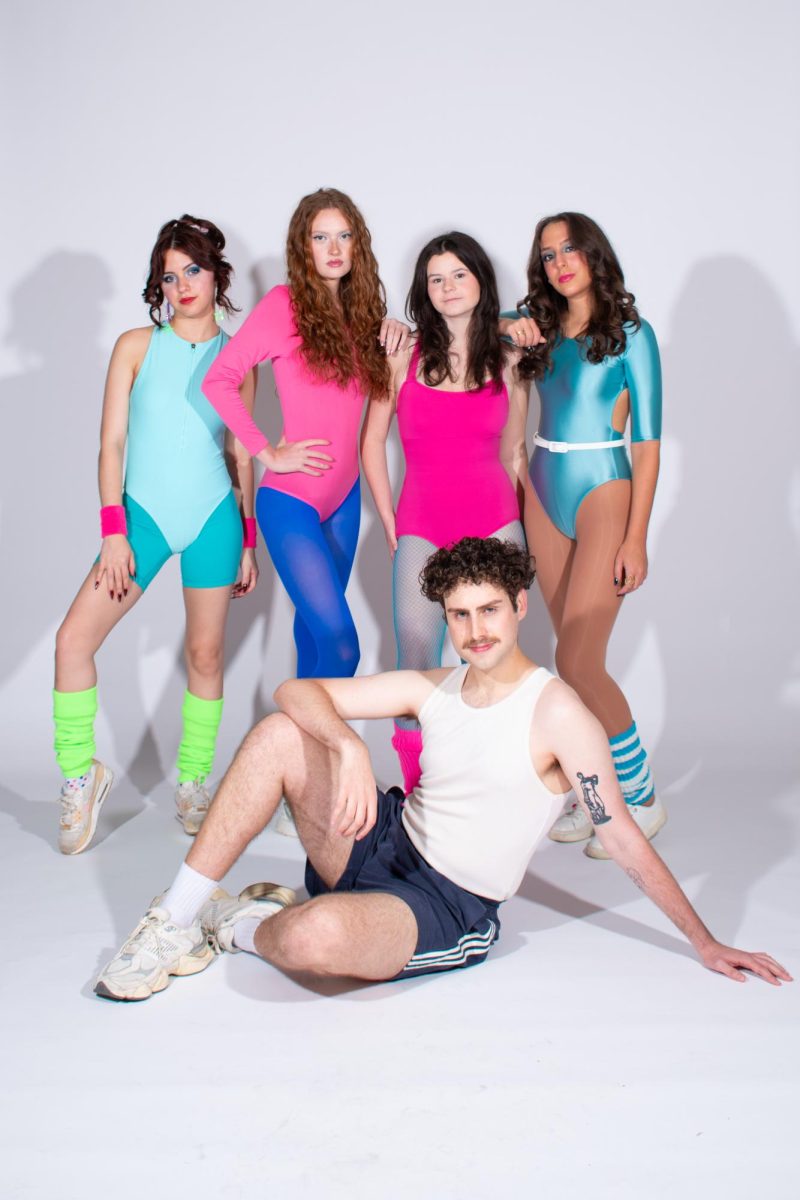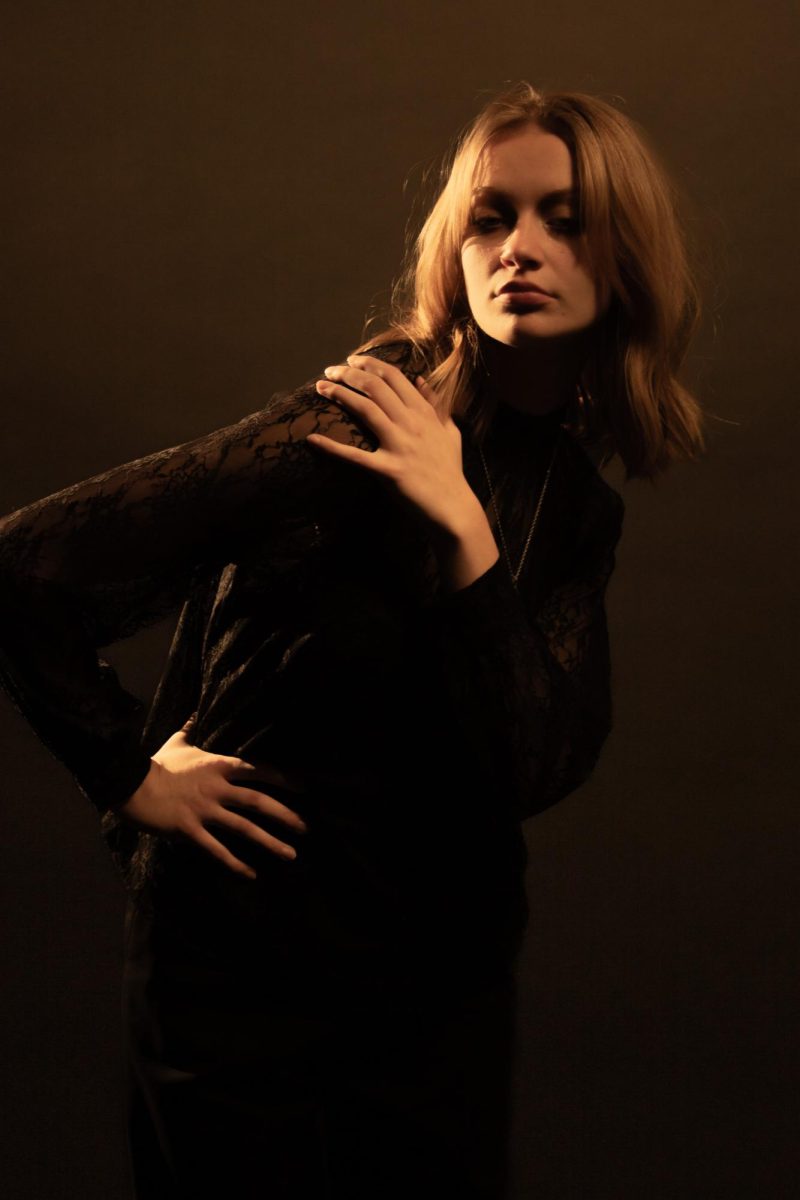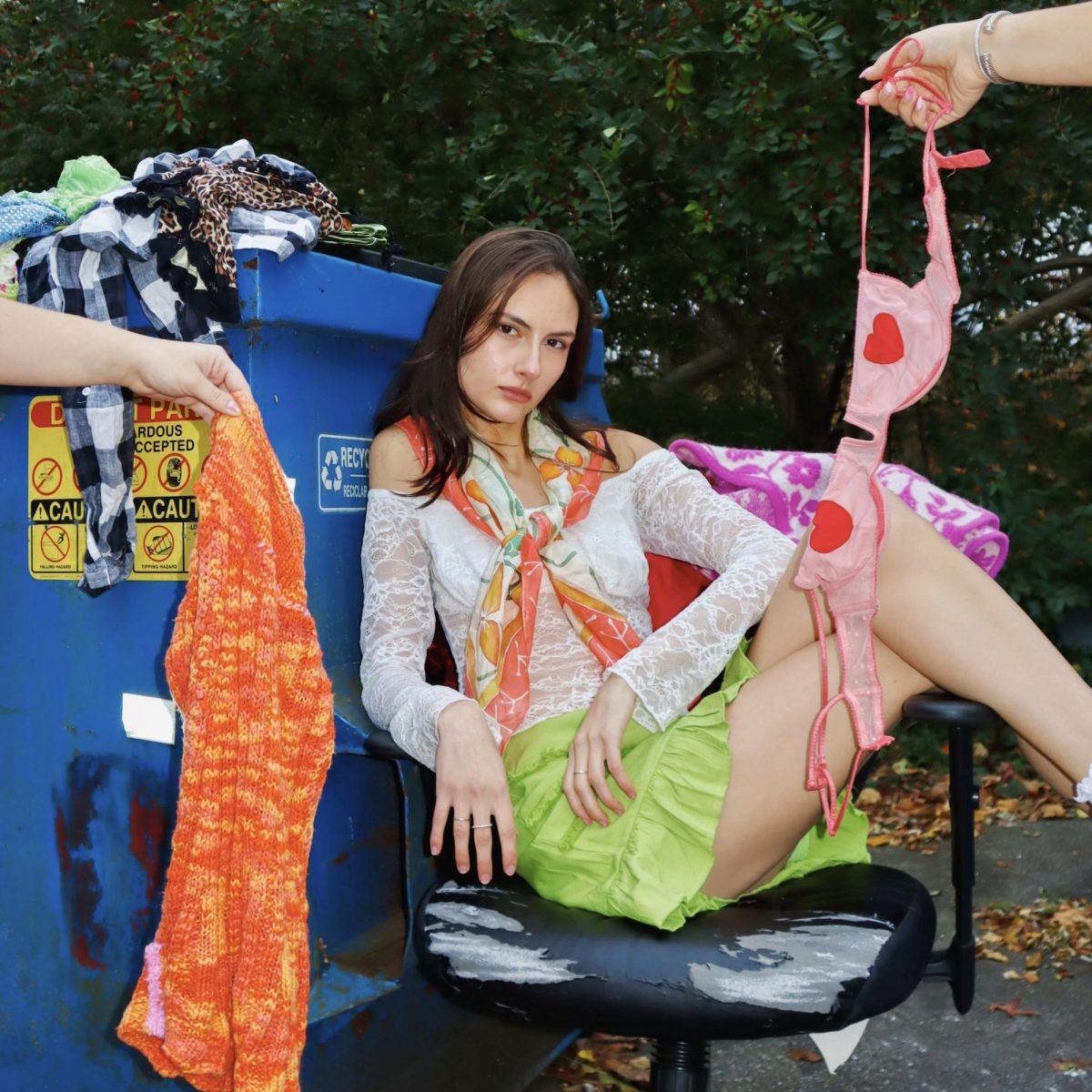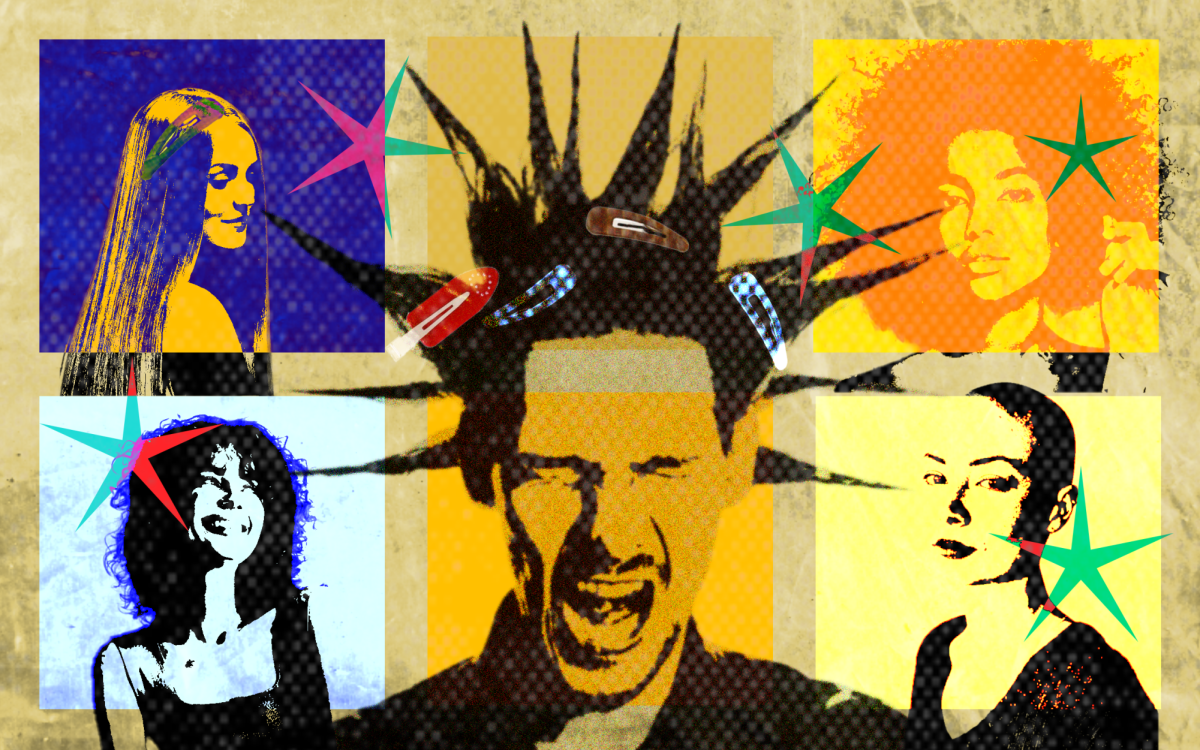For years, Victoria’s Secret has been known for their stick-thin models, each of them possessing perfectly toned stomachs, thin arms and unattainable thigh gaps. Along with their lack of diversity, Victoria’s Secret has historically only perpetuated a specific kind of beauty.
In 2015, Victoria’s Secret had 32 percent of the women’s intimate apparel market because most consumers followed suit as Victoria’s Secret continued with their runways full of similar faces and bodies. However, according to the NPD Group’s consumer tracking service, by 2020 Victoria’s Secret’s portion of the market had been cut in half, to only 16 percent.
Victoria’s Secret’s downhill streak could only be explained by women’s frustration with continuous impossible beauty standards. Women were no longer supporting the company that had been preying on their insecurities for years.
As Victoria’s Secret market started to decline consequently because of their lack of diversity and body positivity, they decided to make a change. In Oct. 2019, Victoria’s Secret hired their first plus-size model, Ali Tate Cutler, and then in August they brought on their first transgender model, Valentina Sampaio. In a Women’s Wear Daily article, the creative director of Victoria’s Secret, Raúl Martinez, explained that the brand and their fashion shows will continue to change due to the world and entertainment’s evolution.
Not only is Victoria’s Secret introducing more realistic models that represent natural and authentic beauty, but they are also working with a more diverse collection of ambassadors and brand supporters. The VS Collective includes women from diverse backgrounds who have been given a platform to share their stories through collaborations, business partnerships and cause-related campaigns.
In a recent Vogue article, Michaela Stark, an artist for Victoria’s Secret, explained that the “dream girl” illusion perpetuated by the brand was the root of body dysmorphia and insecurities for young women. Stark worked with Victoria’s Secret in an effort to eliminate the intimidation and diffidence young women have towards the brand.
Instead of being hyper-focused on the skinny model in angel wings, Stark plays with the human body, allowing for it to be viewed in a more realistic way, where the model’s chest and stomach can overflow out of the garments. This new exploration of what a Victoria’s Secret model looks like is slowly changing people’s image of what a model “should” look like compared to what people actually look like.
By changing the people who represent and support Victoria’s Secret to women activists who support inclusivity and diversity, the brand is able to revamp itself into something that is more accessible to all women. Before Victoria’s Secret introduced all different bodies and colors to their modeling staff, the brand was a source of intangible beauty and unrealistic expectations.
Not only is their incorporation of diverse models important when it comes to representation, but it also creates a new narrative for women and what it means to be sexy in today’s world.
Support Student Media
Hi! I’m Annie Gleydura, A Magazine’s editor-in-chief. My staff and I are committed to bringing you the most important and entertaining news from the realms of fashion, beauty and culture. We are full-time students and hard-working journalists. While we get support from the student media fee and earned revenue such as advertising, both of those continue to decline. Your generous gift of any amount will help enhance our student experience as we grow into working professionals. Please go here to donate to A Magazine.

